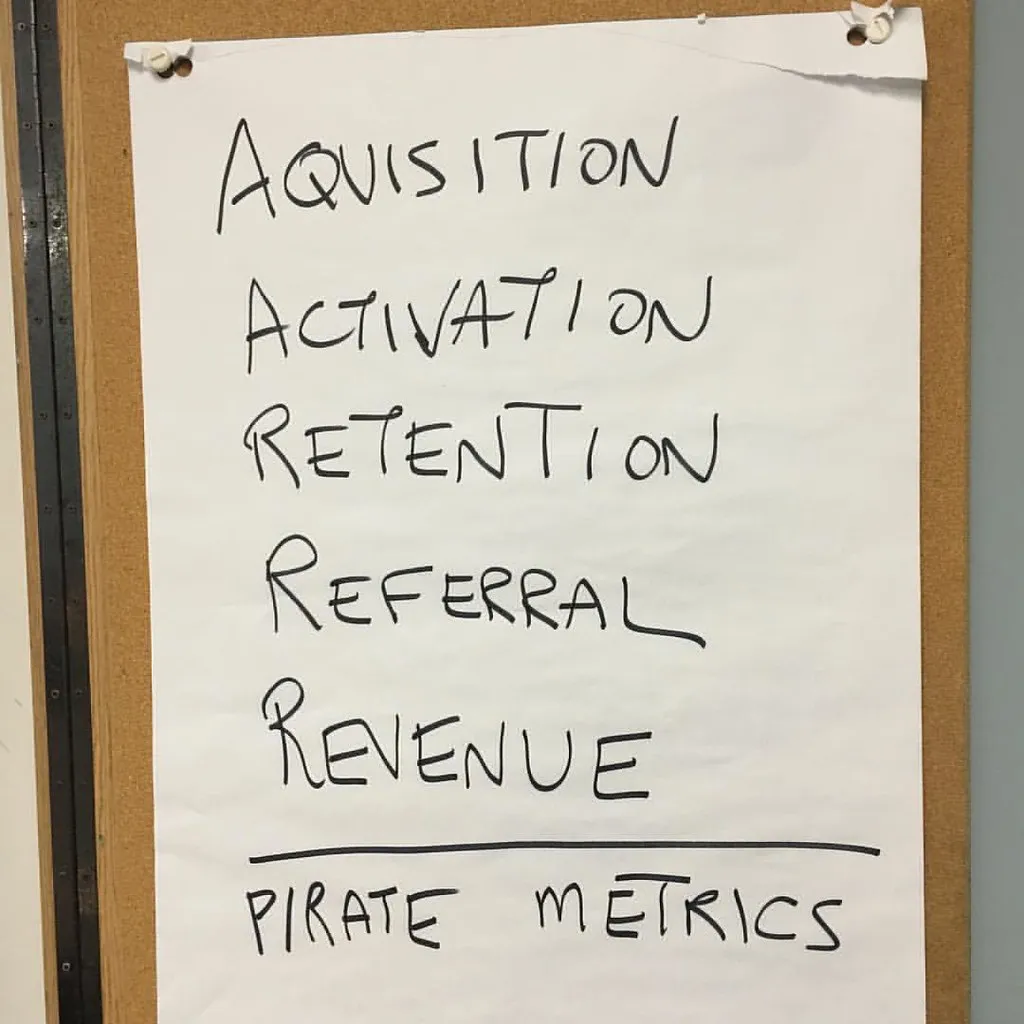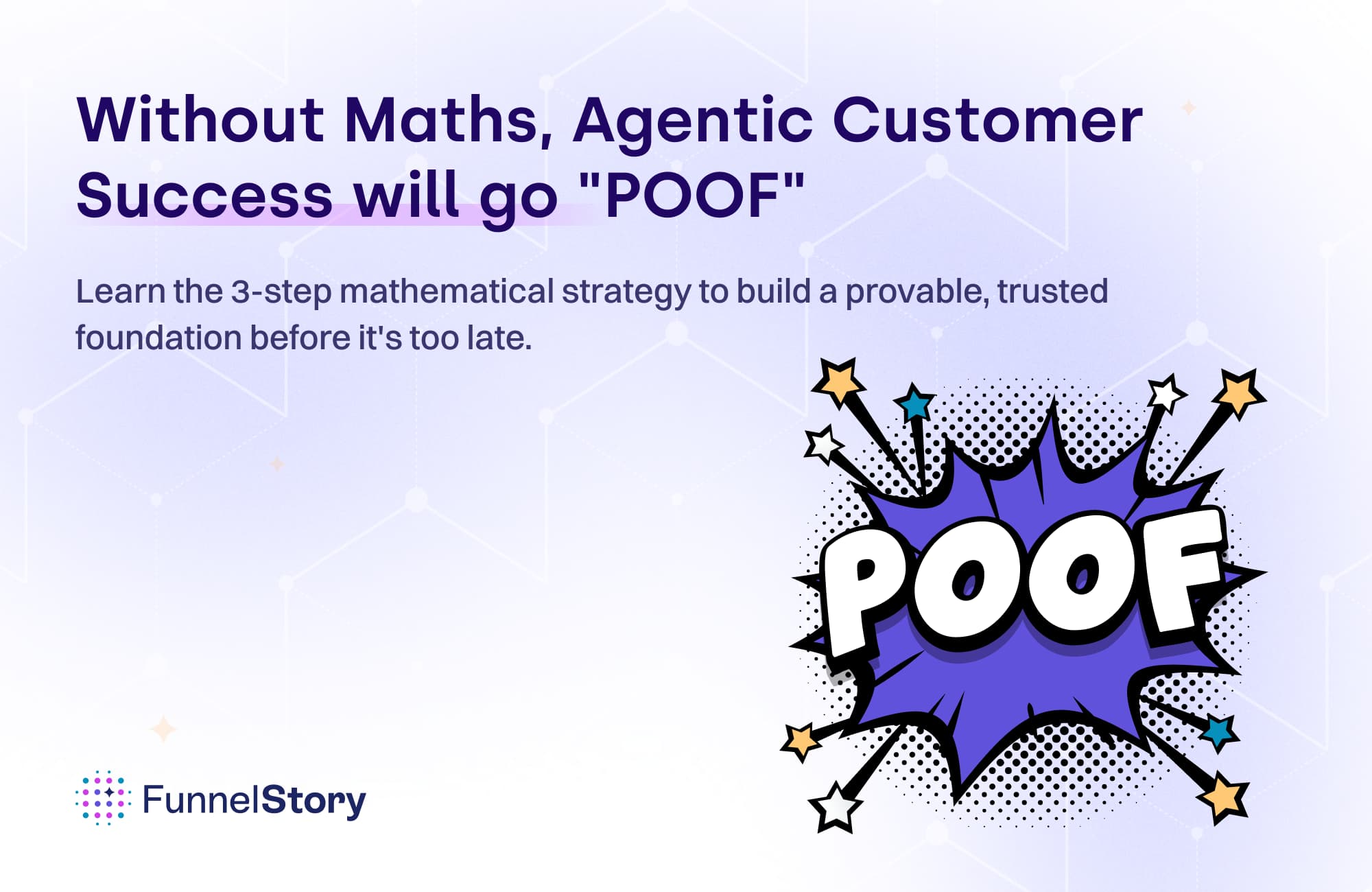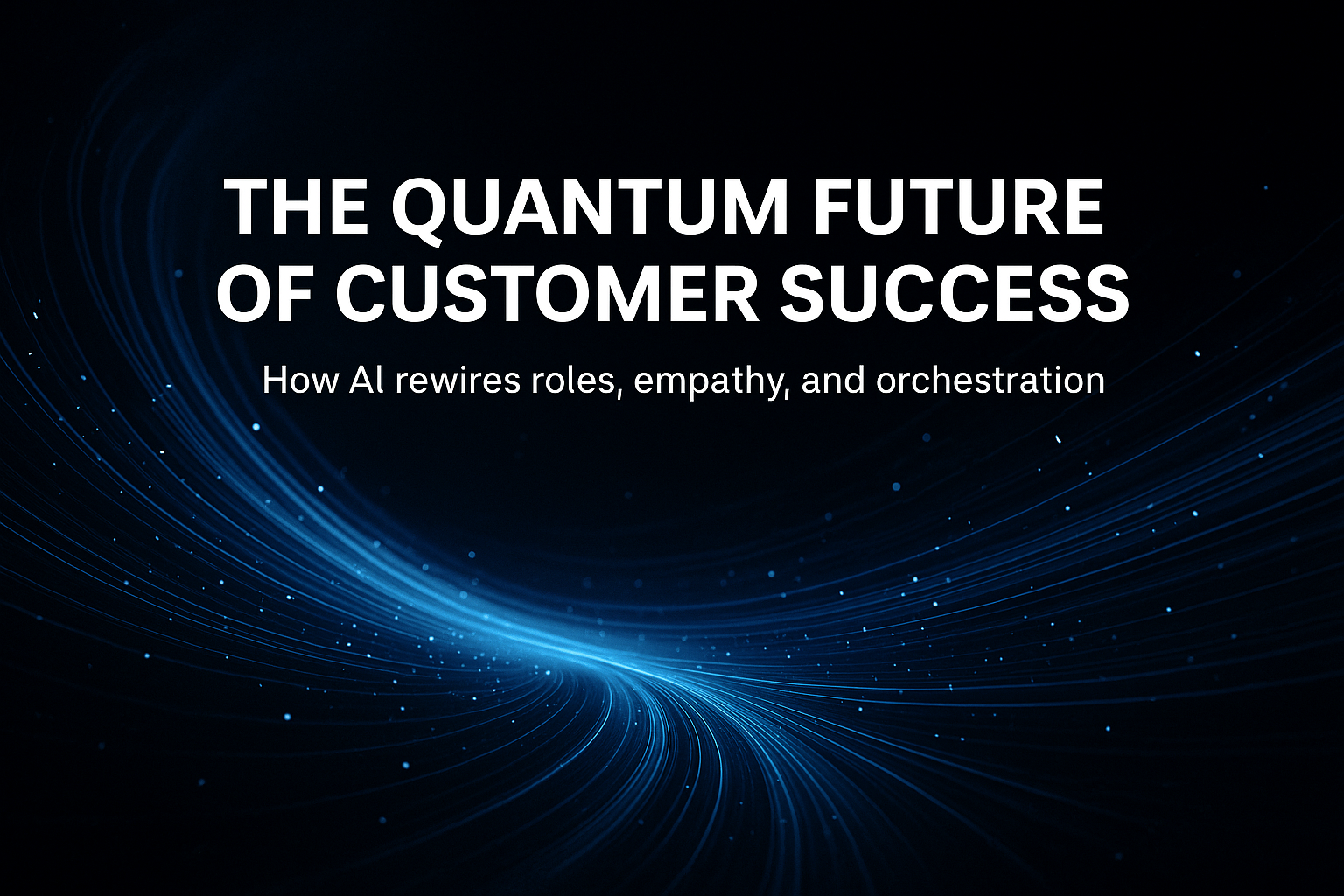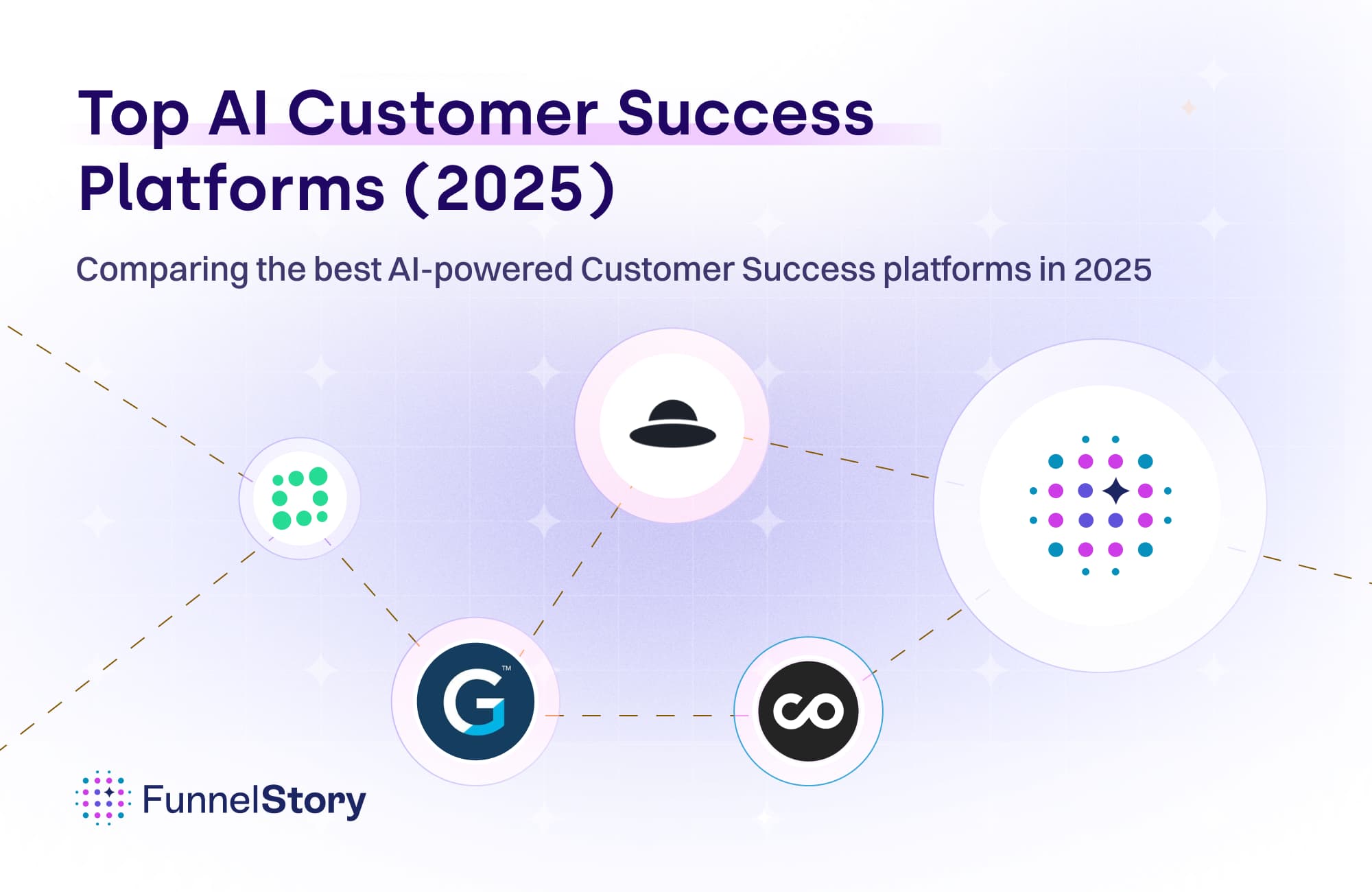In this article
Try like consumer, buy like enterprise — 18 months of a B2B product led journey!
TL/DR — Doing a product led journey in B2B startup is building two products with money allocated to build one.

By Alok Shukla
Cofounder and CEO
Aug 25, 2021
4 min read
TL/DR — Doing a product-led journey in a B2B startup is building two products with money allocated to build one.
This is a reproduction of a prior blog written on August 25, 2021
In October 2020, I wrote a blog describing our journey to build a self-serve product in code analysis. Almost 10 months have passed since then, and the time is ripe to review and recount our learnings.
B2B is not B2C
B2B product managers have long invested in delivering value to end customers by relying on ideas developed in the B2C space for user experience, funnel definition, etc.
However, as it happened to us, the twains did meet tangentially. For example — B2C products track users, while B2B products must track users and accounts. This was a small discovery for us, but it led to major disruptions in how you want to develop insights.
Track better, wider.
Adopt a funnel model — it could be pirate metrics or something else you like. Define your stages, identify data to measure those stages, and start tracking. Track this data every day, every week, every month. To develop more meaningful insights, look at the insights and what data is missing. Improve tracking and repeat.

This will improve your product and also educate you on what matters. Only a few things matter — you need to discover them.
Conversion is more important than expansion in your funnel
Mindless growth at the top of the funnel is good only to a point. If folks signing in your product drop quickly after the first step, they will never consider your product again. And then negative word of mouth happens, almost instinctively.

For e.g., we observed prospective users signing through Github were activating at a much higher rate (60%) than others. (i.e., getting their first app scanned). These users also formed the bulk of prospects who eventually became customers.
Self-serve grows itself, at least initially!
As the conventional wisdom goes, many enterprise products almost intuitively adopt top-down marketing to build up an exciting pipeline. However, our self-serve product grew by existing in the right marketplaces. People found our product in marketplaces, through Google searches, through friends, and through user recommendations.
Of course, it helped that our free offering was our website's primary CTA (call to action). Outside of that — we hardly spend any $$ on promoting our self-serve offering.
There is a point when plateauing happens in this growth curve, and your product will require external triggers. You need to know where your users are coming from — direct/search/campaigns/social media/referrals and optimize for those channels. However, that discussion is for another blog.
It is a lot about emotional uplift due to reduced task effort
Simplistically yet without losing generality, we saw three kinds of folks who came to our self-serve. All of them experienced instant gratification in terms of reducing the
Effort to carry out specific tasks.

End users (developers/app-sec) who were our primary target and experienced ease of setting up security in CI/CD pipelines.
App-sec engineers who could get proof of value (PoV) concluded quickly and saved time in their busy lives.
App-Sec decision makers could experience products for themselves before reaching out to us for commercial conversations.
Try like a consumer; buy like an enterprise!
Data insights can help you answer the question — who is our buyer? Is it SMB, SME, Enterprise or all of them? Or is everyone trying like a consumer and buying like an enterprise?

In our case, we found that our buyer existed everywhere. Their starting point was the same but ended differently in their buyer journey. As expected, SMBs had a simple purchase model, while enterprises wanted to negotiate, plan, and then do the purchase.
Epilogue
The product-led journey is in vogue today. For ShiftLeft, however, a series of fortunate accidents brought us here. We do not claim to know it all, but we have learned from our experiences, learned it from the community, and would like to share back. In case you want to chat more on this, reach out here.



